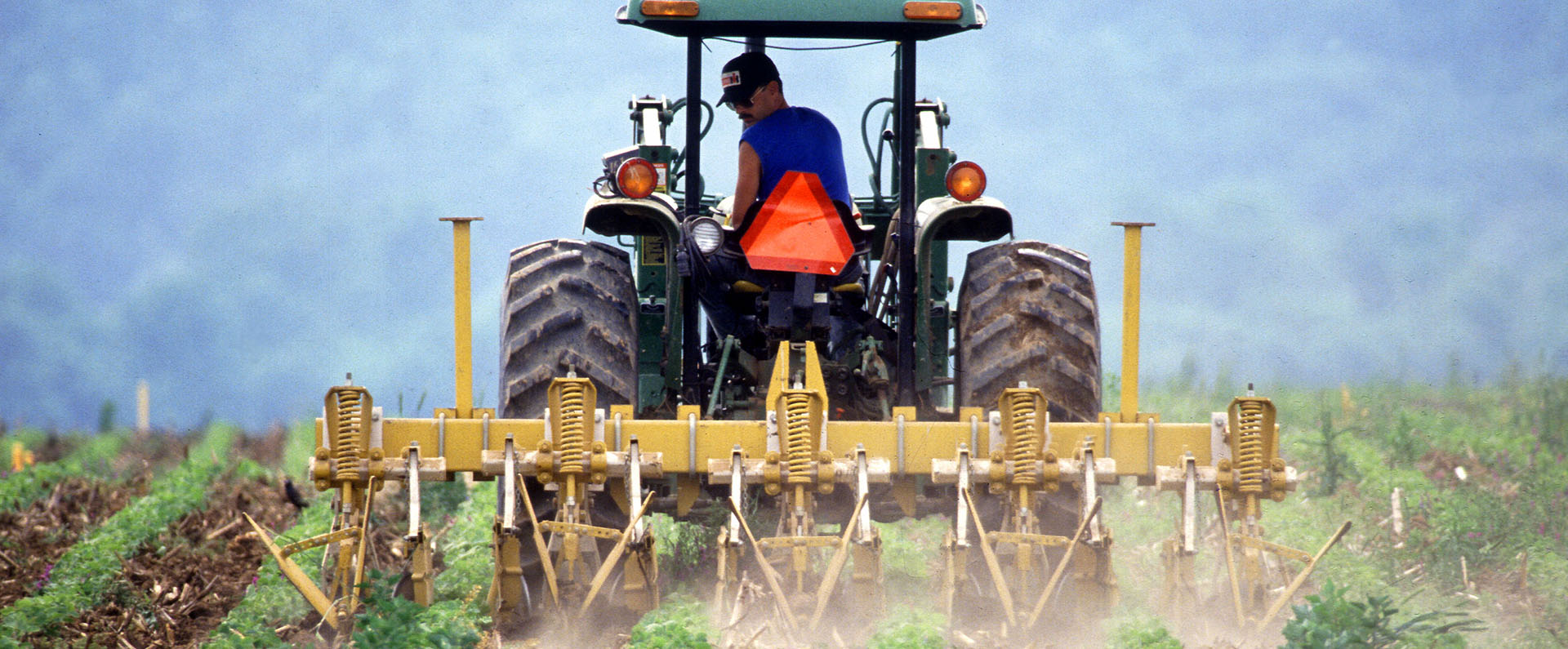A secure, resilient, and sustainable food supply requires continued progress toward controlling soil erosion. However, the most common wheat production method in low-rainfall areas of the Pacific Northwest relies on intensive tillage, leaving the soil susceptible to wind erosion. In field studies evaluating reduced-tillage farming practices,
ARS scientists found that reducing tillage timing and frequency (an average of two fewer tillage equipment passes per year) on 4 million acres of low-precipitation-zone wheat can save 1.75 million gallons of diesel fuel annually. In addition, crop yields either met or exceeded previous yields and exhibited greater resilience to weather conditions, such as wind and water erosion.
This study also revealed that leaving crop residue on the soil surface through reduced tillage improves soil moisture. Using these management practices, farmers can reduce tillage and still meet or exceed crop yield goals, help protect soil from erosion, reduce fuel costs, and reduce greenhouse gas emissions.
Related Information
Research Program: Improved Soil Managment Practices for Tilled Summer Fallow in the Pacific Northwest



